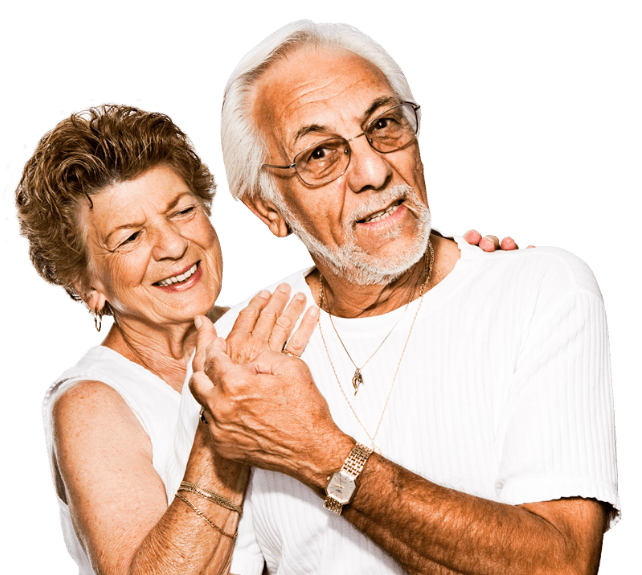Excellence in Rheumatology Care since 1977. Accepting New Patients
Jun 06, 2019
Arthritis can come in more than one form, but it can be difficult to determine which kind you have, especially if it is either rheumatoid or psoriatic arthritis. These types of arthritis are very similar on the surface, but they differ as to what joints are affected and how they make you feel.
Know the differences between the two so that you can be more informed when you see a doctor and get treatment tailored to your condition. Here are some of the more common symptoms and differences between the two types of arthritis and how they are treated.
Psoriatic Arthritis Symptoms and Differences From Rheumatoid Arthritis
People who have psoriatic arthritis tend to have the skin condition psoriasis, especially directly over the affected joints. However, not all people with psoriasis have arthritis. Also, some patients have psoriatic arthritis without a noticeable rash, but those that don’t have a rash may have a genetic predisposition to psoriasis. Therefore doctors must look at other symptoms in order to make a determination if you have the disease.
Similarities With Rheumatoid Arthritis
Both types of arthritis are caused by an autoimmune disorder that causes the joint to swell up and become stiff. They also both affect and damage major internal organs and cause fatigue and general malaise. Both rheumatoid arthritis and psoriatic arthritis respond well to anti-inflammatory medications and the same types of surgery.
Symptoms of Psoriatic Arthritis
In addition to the skin condition, psoriatic arthritis tends to affect different parts of the body compared to rheumatoid arthritis. Psoriatic arthritis usually makes the finger and toe joints swell, especially near the nail bed. Another commonly affected location is the lower back and other large joints. While joints on both sides of the body can be affected, with psoriatic arthritis they are not symmetrical.
Differences With Rheumatoid Arthritis
Other than the presence of a rash or thickening skin, the main difference is in which joints are affected. Rheumatoid arthritis affects joints like the middle bones of the fingers and toes rather than the ends, or it smaller bones like the wrists and ankles. Rheumatoid arthritis’ joint problems are generally symmetrical with the same joint affected on both sides of the body.
Rheumatoid Arthritis Symptoms and Diagnoses
While rheumatoid arthritis seems to be much like psoriatic arthritis, some key differences and ways of diagnosing make them distinct from one another.
Symptoms of Rheumatoid Arthritis
In addition to the joint swelling that is similar to psoriatic arthritis, rheumatoid arthritis tends to be more constant with less flare-ups. If you have this condition, you may also have bouts of a low-grade fever, anemia, and weight loss. Rheumatoid arthritis often affects people at an older age than psoriatic arthritis.
Diagnosis of Rheumatoid Arthritis
In addition to overall symptoms, the most definite way to determine if you have rheumatoid arthritis, and not psoriatic arthritis, is through a blood test. Rheumatoid arthritis has a specific type of antibody in the bloodstream that is detectable by a trained professional.
Psoriatic and Rheumatoid Arthritis Treatments
People with psoriatic arthritis may need additional treatment with the skin if it interferes with the joint or causing additional pain. Both conditions may need immunosuppressants to reduce the autoimmune attacks on the joint and organs. Maintaining a healthy diet and weight are also important when it comes to any type of joint issue.
Rheumatoid and psoriatic arthritis are easy to get confused, especially if your psoriasis is fairly mild or difficult to see. Both conditions share similar symptoms and treatment, but affect you differently.
Therefore, an accurate diagnosis is important when it comes to getting relief. The rheumatologists at Sarasota Arthritis Centerknow how to tell the difference between these types of arthritis and can set you up on a treatment plan to help you get relief. Contact us or visit our office for more information.

Frequently Asked Questions About Exercise for Arthritis
About 54.4 million adult Americans suffer from some form of arthritis, with 23.7 million of them experiencing symptoms that limit their physical function and reduce their quality of life.

How Trauma Can Lead to Early Arthritis Issues
If you are heavily involved in an activity or sport, then you could suffer injuries that will result in early onset arthritis later on.

4 Things to Know About Psoriatic Arthritis
According to the Johns Hopkins Arthritis Center, 1.5 million people in the United States suffer with psoriatic arthritis. For most people, this rheumatologic disease starts with psoriasis, a condition characterized by red, itchy patches on the skin.



We are able to see patients by appointment only. If you need to cancel an appointment, please contact our office at least 24 hours in advance. To expedite the check-in process prior to your appointment, please complete the pre-registration paperwork that will be emailed and texted to you through Phreesia. Please bring your insurance cards, method of payment, and identification with you to every appointment.